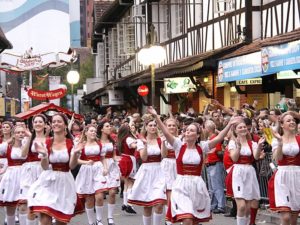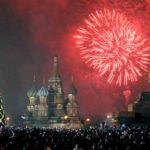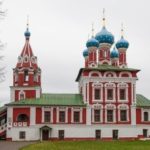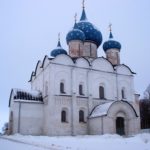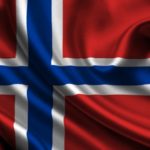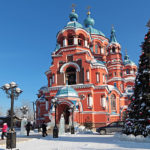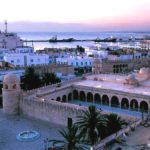Fire festival
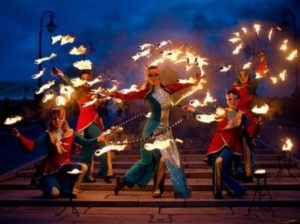 Ancient, one might say pagan customs, still find a place in civilized countries. One such custom is the festival of fire in Lerwick, on the Scottish islands. The history of the Scottish islands is directly related to the history of the Vikings, because it was there that they landed for the winter, after their hikes. The end of the winter cold; and the beginning of spring; The ancient Vikings celebrated the later popular with other nations of the world – the original rite, the festival of fire.
Ancient, one might say pagan customs, still find a place in civilized countries. One such custom is the festival of fire in Lerwick, on the Scottish islands. The history of the Scottish islands is directly related to the history of the Vikings, because it was there that they landed for the winter, after their hikes. The end of the winter cold; and the beginning of spring; The ancient Vikings celebrated the later popular with other nations of the world – the original rite, the festival of fire.
In a slightly modified form, this holiday took place during the Regency and in the years after the Napoleonic Wars. The sailors and soldiers who returned from the war had fun and fun in the winter. A special and very common type of entertainment was “pouring out the resin,” when boxes of tar, clothes and all kinds of utensils were burned in many places.
The custom of “pouring out resin” often reversed through fires, and therefore this ritual was somewhat changed over time. They arranged torchlight processions that flocked to the place where the life-size viking launch cage was previously installed and burned in public. People participating in the procession dressed in Viking armor. Approximately in this form, this holiday has reached our time. Only he was called “Festival of Fire”.
The festival of fire as a holiday in Scotland is officially legalized in 1880, and has been going on since then every year. Every year on the last Tuesday of January, residents from all nearby towns and villages flock to Lerwick. Hundreds of residents dress in medieval Viking costumes and arrange a procession through the city.
They carry on their hands a pre-prepared layout of Viking rooks in full size and set it on a pedestal in the central square. The participants of this ceremony spend the whole day together – they eat, dance, sing, bypass all the crowded places of the city. It seems that the city has returned to the Middle Ages. Children also participate in these processions.
In the evening, at dusk, the main ritual of the holiday begins. At the signal of the rocket, the marchers set fire to the torches and their columns are sent to the place of installation of the ship. Under the fighting sounds of a horn, squeaking of bagpipes, fighting galley songs – lighted torches are thrown to the Viking dragon ship. This is a sacrificial offering to the sun, which marks the coming of spring, and the memory of the fallen soldiers. Under the fire dance various games begin, often quite dangerous.
In Scottish language, the name of the holiday sounds like Up-Helly-O. The holiday continues until the morning. Open all restaurants, cafes and shops. Crowds of people fill the streets all night.
The festival of fire is celebrated throughout Europe, but the celebration in Lerwick is special. He is the most colorful and grand. Up-Helly-O reminds the traditions and history of the people; it is a link with the past.
By the way, in Russia, too, the end of the winter cold since ancient times was celebrated in a special way, with fire. Russian Shrovetide also originates from pagan times, and probably it is something like the Vikings’ kin customs, because during Shrovetide they arrange all kinds of entertainment with fire: they burn the effigies of Maslenitsa, make fires, through which they jump.
